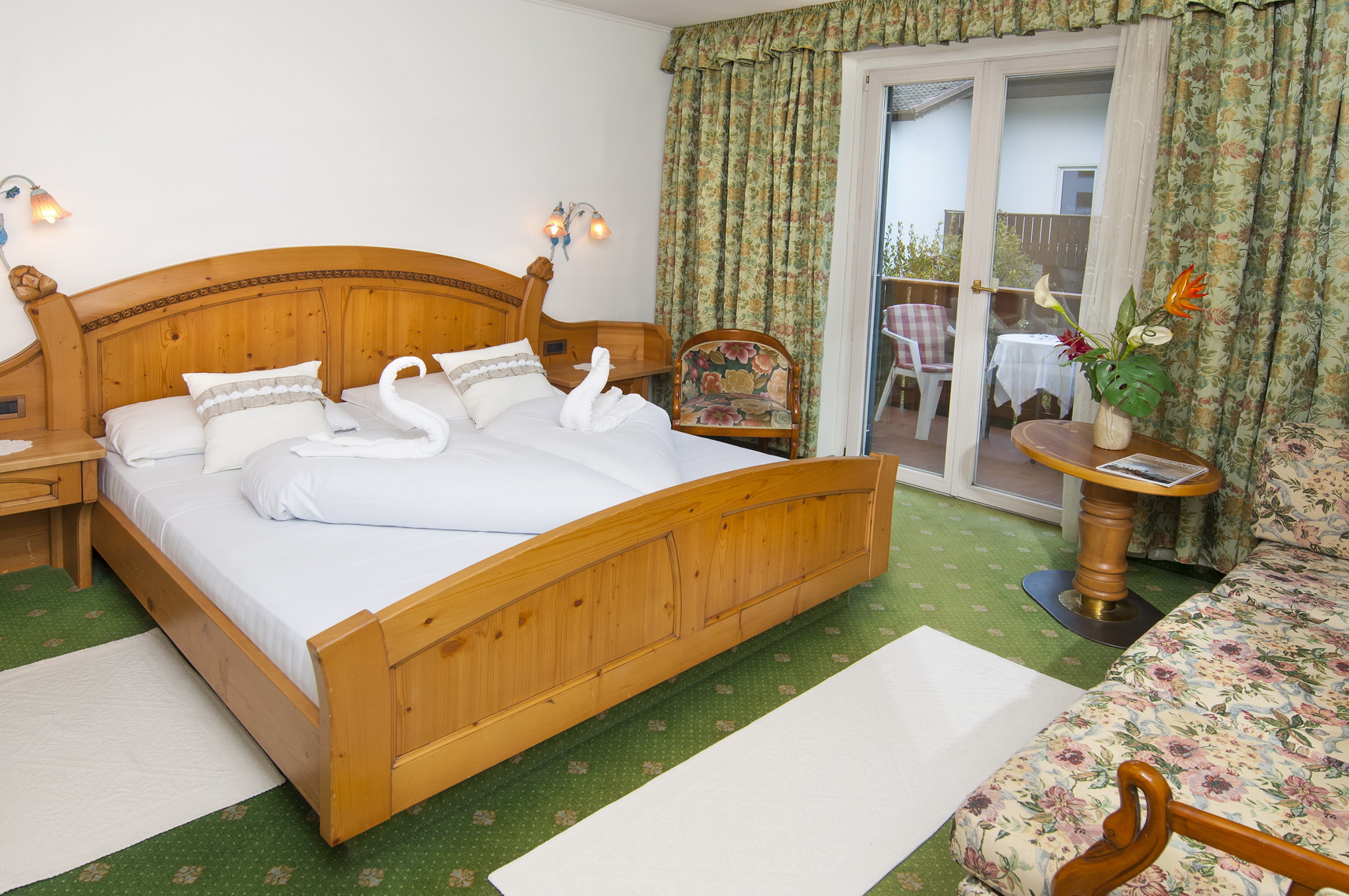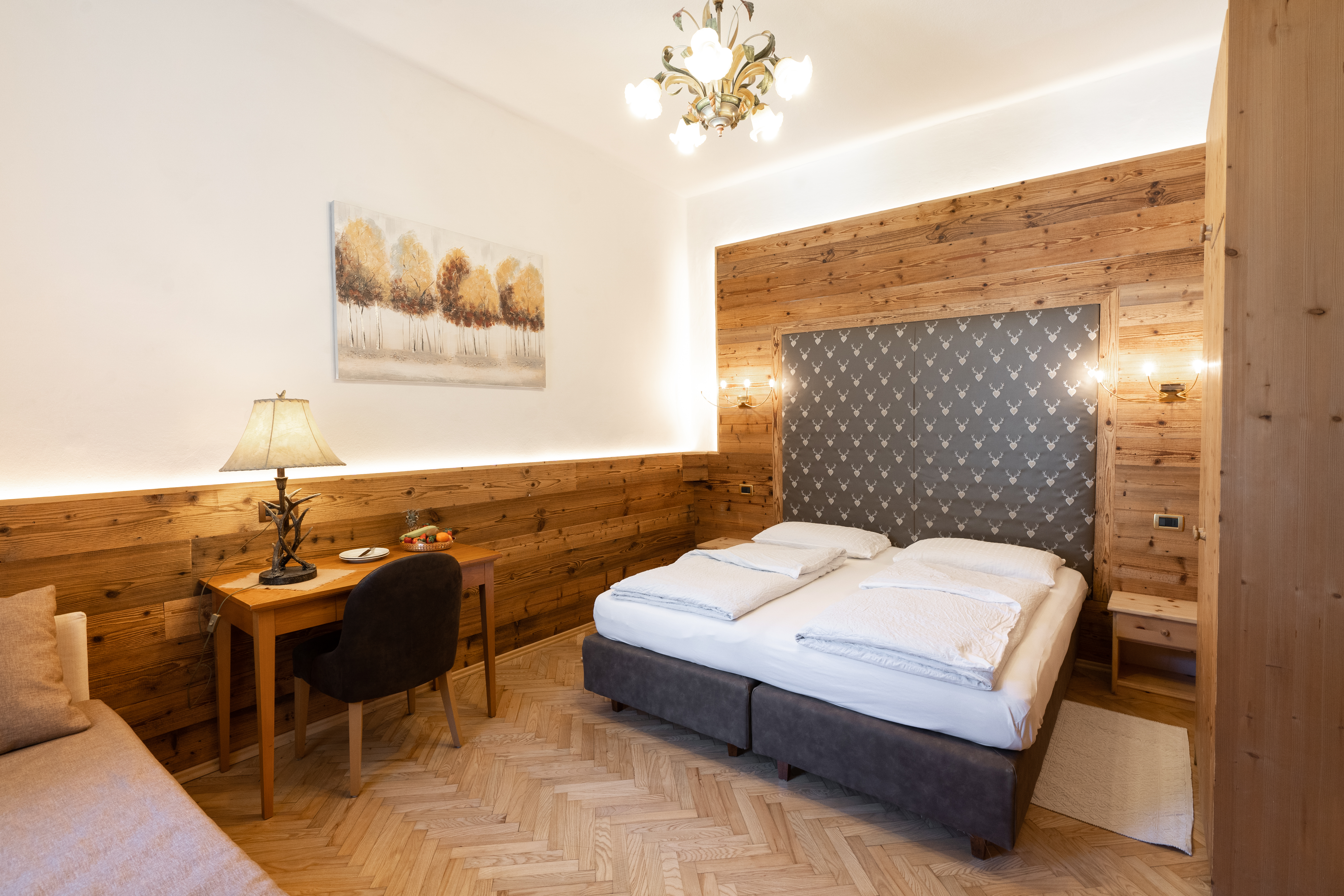Button Backmarks Bc&a
I don’t toothbrush these, since a toothbrush will typically take away a few of the gilding. Let it sit for about a minute and gently swirl it around with a wet wood skewer that has been soaking in water to make it much less abrasive. Use multiple purposes until the button’s remaining gilding is absolutely revealed. Once the Aluminum Jelly has done its work and the cleaning is completed, I rinse the button thoroughly with a little soap to neutralize the acid in the jelly. I don’t apply cleaning soap on to the button, however use simply the soapy water mix running off my hand from the tap. I actually have spent an hour or two cleansing ornate buttons, but I spend comparatively little time with gilded flat buttons.
Some 99% Invisible episodes make me crave a visual complement. The episode singles these sounds out for evaluation and deconstructs their origin, a classic 99% approach that works beautifully. The button—with its self-contained roundness and infinite variability—has a quiet perfection to it. Running a cascade of buttons via your fingers feels satisfyingly heavy, like cash or candy; their clicking whoosh and blur of colors lull you. A button packs a rare quantity of details about a given time and place—its provenance—onto a crowded little canvas.
How to establish old flat buttons?
It was blackened by portray, lacquering or enamelling, and coated with a collodion photographic emulsion. The darkish background gave the resulting picture the looks of a optimistic. Unlike collodion positives, ferrotypes didn’t want mounting in a case to provide a constructive picture. Regardless of the age, you can describe the style correctly utilizing the examples below as a guide. Many of the photographs used for example this article are from records on the UK Detector Finds database (UKDFD). I am grateful to recorders for making them available in this means, and in addition to different detectorists and collectors who’ve independently granted permission to use their images.
Glass buttons came into style within the mid-19th century and have been well-liked until the early 20th century. They were made from clear or colored glass and had designs painted or molded onto them. Some glass buttons had metallic backs, whereas others had a shank. Metal buttons were prevalent in the 18th century, and so they were made of brass, pewter, copper, or silver. The designs had been normally simple, with a raised rim and a flat middle. Some metallic buttons had designs stamped or engraved on them.
Identifying outdated flat buttons by way of shanks
Some rare buttons characteristic tiny mosaics made from items of stone or shell. Others are enamelled with coloured glass fused to the floor as a decoration. Special touches like this make a button rare and distinctive, and some collectors specialize in buttons that show these particular strategies. Instead of being made by machine, many antique buttons are carved by hand.
Thread buttons
Where it has not been possible to reconcile such variations, the assorted dates and date ranges encountered are all proven within the applicable ‘Date’ subject. There are millions of those underground, and most folk don’t give https://matchmap.org/albanianpersonals-review/ them plenty of thought. The backs of flat buttons regularly have both a maker’s mark (company name) or a excessive quality mark. Both kinds of marks on the reverse of buttons are referred to as “backmarks.” Quality marks were the producer’s means of selling their product. Typical high quality marks embrace “Extra Rich,” “Rich Gold Color” (or “Colour”), “Treble Gilt,” “Best Orange Gilt,” or any mixture of those phrases (“Extra Orange Gilt,” for example). While quality marks seldom inform us much, makers’ marks can generally help to date a site.
Women with ladies’ maids wore their buttons on the left, to make it simpler for the maids to maneuver whereas going through them. On women’s clothes particularly, buttons traced the body’s strains in suggestive methods, making clothes tight in all the right places or providing up intriguing points of entry. Along with ribbons, laces or bows, buttons have been typically used on detachable sleeves, a fad that ran from the 13th to 15th centuries. These sleeves could presumably be simply swapped between outfits and laundered each time they received dirty. Courtiers may settle for an unbuttoned sleeve from a woman as a love token, or wave sleeves in jubilation at a jousting tourney.

















